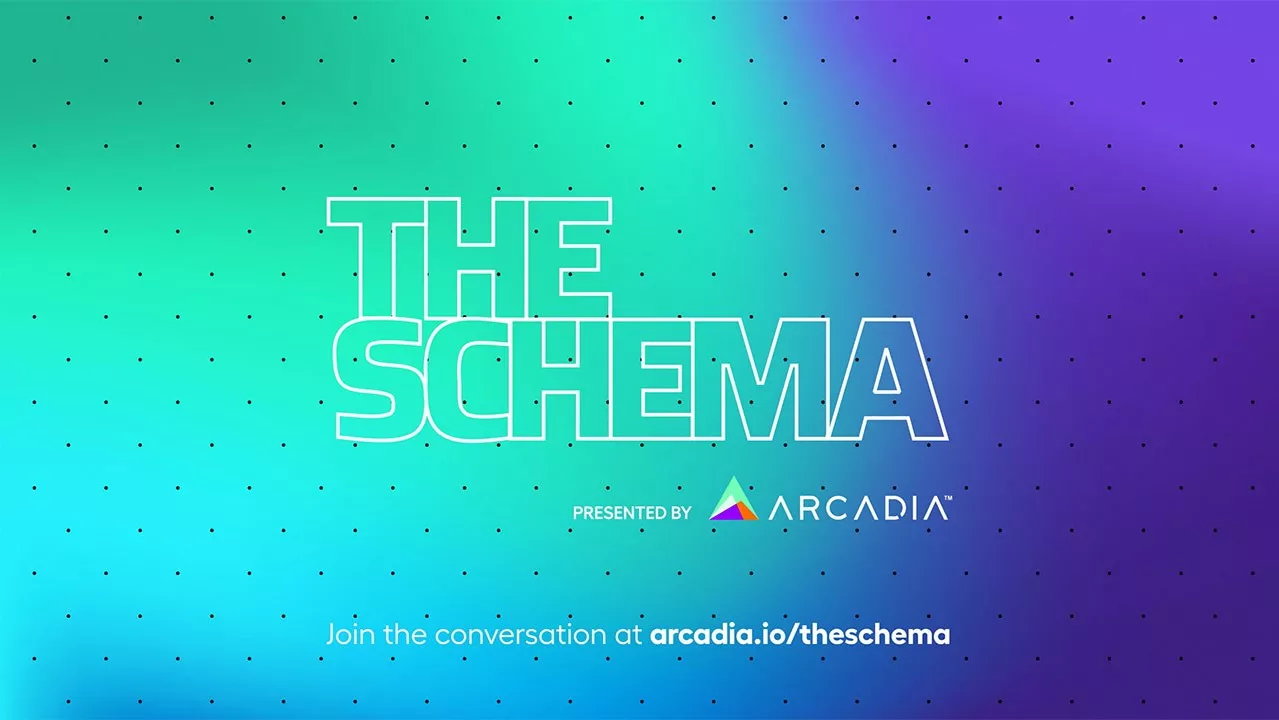Get ahead of the 3 megatrends impacting healthcare in 2030
The world is speeding up. Tech adoption is at an all-time high. Data is more accessible than ever.
There are huge opportunities for healthcare organizations to ride the wave of these emerging trends and position themselves for success in the next decade and beyond.
Arcadia Chief Product Officer Nick Stepro recently sat down with New York Times best-selling author Shawn DuBravac for a candid discussion about accelerated innovation, public trust in the system, new payment models, and big data. In his latest book, Digital Destiny: How the New Age of Data Will Transform the Way We Work, Live, and Communicate, DuBravac shares his research-backed vision of how technological shifts will impact industries and business models of the future.
This discussion is now available as episode 1 of the Arcadia miniseries, The Schema. Below, we summarize three trends DuBravac sees impacting healthcare in the next decade and what you can do to grab ahold of these opportunities.
1. Digitization to datafication
You could argue that healthcare has modernized somewhat, but a lot of the services still look like they did say 50, 60, 70 years ago.
DuBravac’s research shows it took about twenty years to get from an analog world to the digital one we’re all so familiar with. We’re now amidst the next big transformation.
This transformation is one of datafication — that is taking all the information that’s being captured and redeploying it for personalized services and experiences. This empowers an entirely new suite of services and transforms the way industries can deliver products to their customers.
Healthcare organizations who do a great job organizing and using their data to improve patient outcomes are going to be well-positioned for this transformation.
2. Analytics-first services
Data is going to help inform the direction that we should go and it’s going to help us inform the type of procedures and practices that we should implement.
According to DuBravac, innovation is iterative in nature and that we’re only in the beginning stages of the datafication transformation.
It’s the organizations who are willing to experiment and explore that will end up successful on the other side. They will be the ones to influence the most positive outcomes, set standards, and ultimately shape the regulations that will impact the future of the industry.
In the end, this willingness to experiment and use data to inform services will leave healthcare in a better state for both patients (the customers) and providers.
3. Better educated consumers
I see a consumer that’s much more proactive in their healthcare decisions.
Healthcare consumers of the past were much more passive. But today they have access to tools that educate and inform them. He cites wearables as one example where patients have greater visibility into their healthcare status.
The healthcare industry, DuBravac says, can accelerate this process. It’s in everyone’s interest to have a more informed consumer making proactive decisions because that will improve healthcare outcomes and empower providers to be proactive in seeing patients before something is wrong.
The ultimate goal is to take a more holistic approach to an individual’s healthcare needs. DuBravac says widely deployed, inexpensive consumer technology and data are the tools that get us there.




